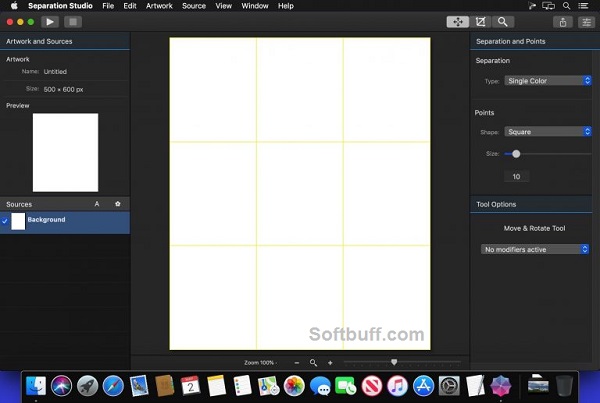
One a standard RGB and another with all the black and gray data removed. This module generates simulated process color using dual RGB channels. “Hey, wait a minute, this never worked so easily before!”Īs an added bonus with UltraSeps v3, we’ve included a completely new simulated process module called Sim Process #3. I can just about guarantee that you’ll like it!Īt first glance, those “very” familiar with UltraSeps won’t immediately see a vast difference, aside from the new features added as most of the new technology is under the hood.Īlthough I can assure you that after using UltraSeps Version 3 for a while, the enhancements will become clearly apparent as suddenly you’ll be saying to yourself… We’ve also made the installation process easier and have implemented invisible authorization to run on ALL your systems at no additional cost. Just about every function that permits the t-shirt screen printer or graphic artist to generate color separations of any type, custom spot color channels, whatever, has been updated and simplified. We wanted to make UltraSeps not only the finest t-shirt color separation program available, but also the easiest to use. UltraSeps is not only the finest product of its kind, but is also the most intuitive.Īll functions, JavaScript’s and plugins have been re-engineered to safeguard the user from making a mistake and to also run faster. And that was to make UltraSeps so incredibly easy to use, that virtually anyone with little experience could begin using it effectively just about immediately!Įnd users can throw just about any file that can be opened with Photoshop at the color separation modules, set up in any fashion, including the ridiculous and UltraSeps will work its magic to process the separation. When planning to improve upon the original UltraSeps, I thought about it for several weeks until the eureka moment emerged. Most information on this site however is 100% relevant to Version 3.ĭisregard all reference to unlocking UltraSeps and any error or issue that pertains to it as this has been removed from Version 3.

In addition, 4 color process prints will usually fall short of the close color match and vibrancy that a simulated process spot color print is likely to achieve.NOTE: This site may make reference to UltraSeps Version 2, although the current version of UltraSeps is Version 3. Conceivably a 4 color process print with only 4 screens will cost as much or more than 10 or 12 color job due to the time and effort involved in printing it. In almost all cases spot color bumps are added to the 4 color process seps to help achieve the red, green and neutral gray in order to match the original art. When the graphic has more secondary and tertiary colors than primary colors, it will be very difficult to balance the halftones to achieve the clean greens, browns, purples and neutral grays with no obvious color shift. The fact that we are printing with plastisol (which is basically plastic particles suspended in clear base) does not allow us to achieve the transparency of litho process inks.Ĥ color process printing on t-shirts can cause frustrating production runs by chasing the color, trying to balance the halftones, and eating up hours on press without good results. Specific guidelines dictating substrate, mesh tension, mesh count, line screen, squeegee pressure, squeegee sharpness, and durometer or contact and ink brand are just a few.

Many variables affect the success of the print.

Not only do the separations have to be adjusted but the press production crew has a set of very strict parameters to limit the dot gain to the absolute minimum.

In order to compensate for the dot gain that is inherent with the textile screen printing process, the original RGB file must be converted and adjusted to allow for the excessive gain.


 0 kommentar(er)
0 kommentar(er)
